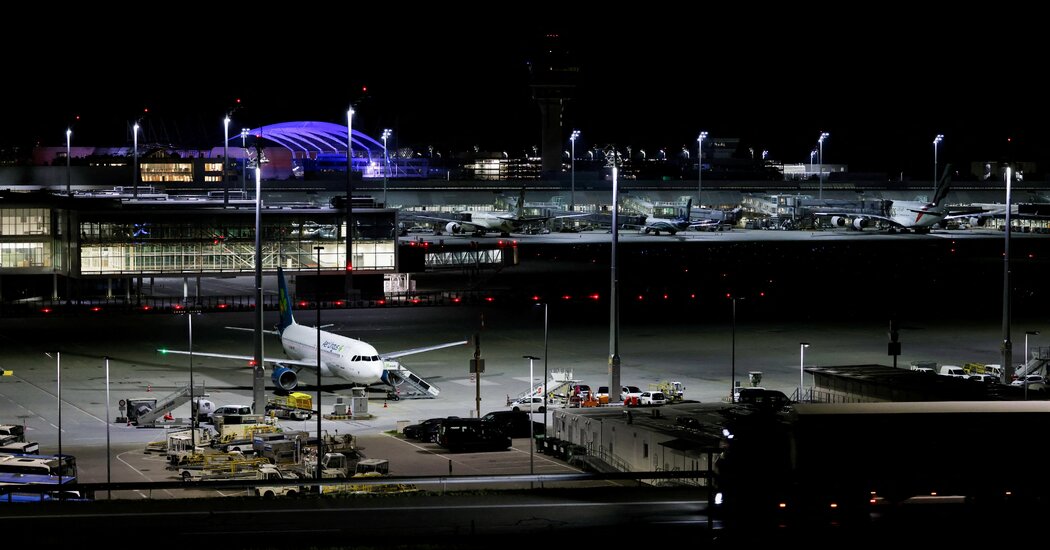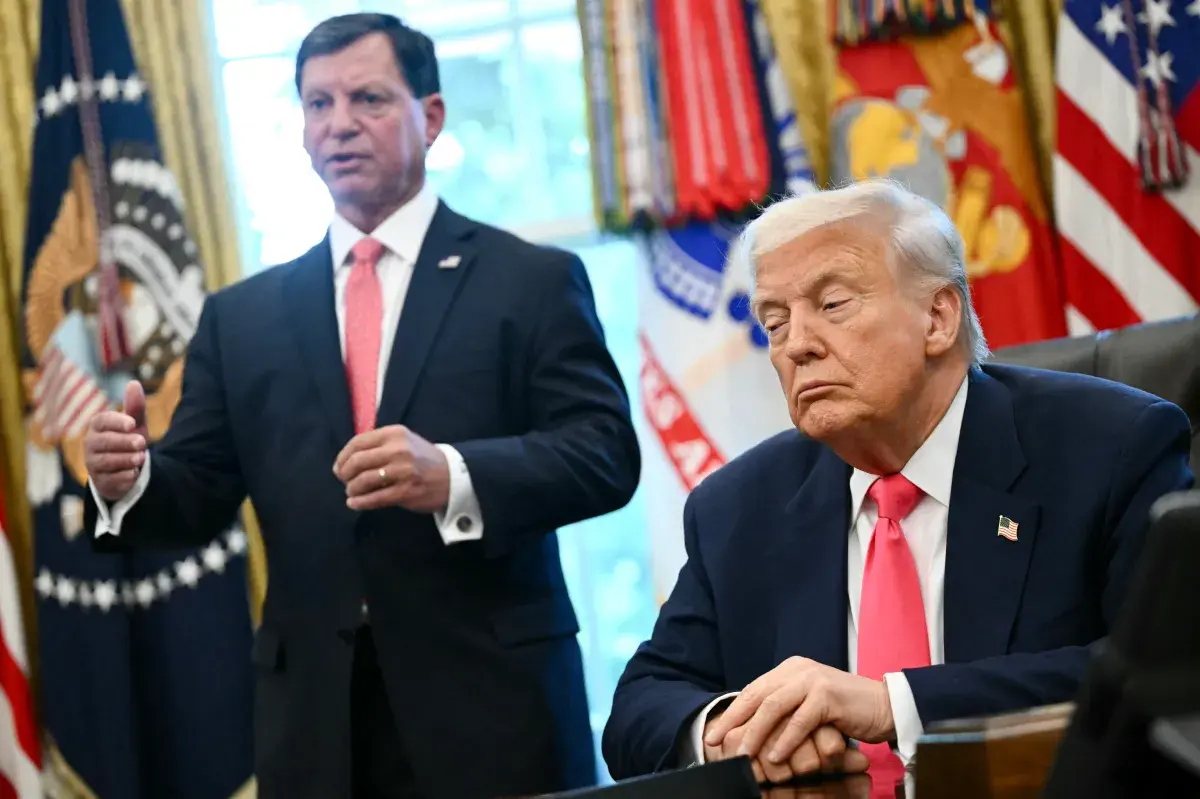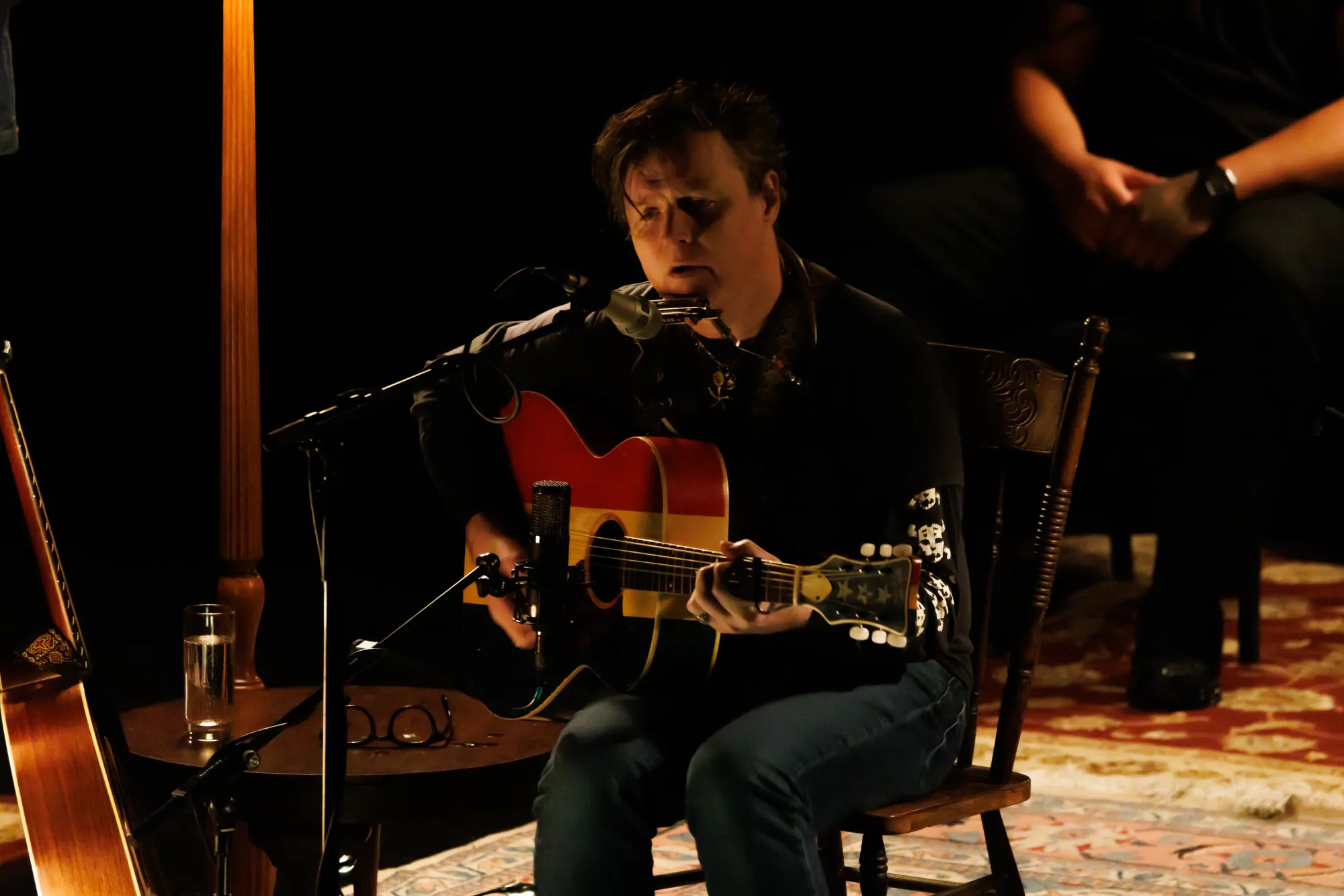Copyright The New York Times

An industrial park outside Hamburg. The Munich international airport. The sprawling Baltic seaport of Kiel. In recent weeks, these and other pieces of critical infrastructure across Germany have reported unidentified drones in their vicinity. In Munich, authorities shut down flights for hours, leaving thousands stranded. The sightings are part of a banner year for suspicious unmanned aviation: The German Air Traffic Control Authority reported 172 such incidents around airfields through the end of September, up from 129 during the same period in 2024. “We suspect that Russia is behind most of these drone flights,” Friedrich Merz, the German chancellor, said in a TV interview this month, adding that they come “from those who want to test us.” Across NATO’s eastern flank, there is a growing concern that a direct conflict with Russia could come in the next five years. If it does, experts say it will start with a form of hybrid warfare by the Russians, designed to sow suspicion among alliance members and to poke their defenses and infrastructure for weaknesses. The Germans are struggling to answer a challenge with no easy answers. Jurisdiction is one problem. According to the German Constitution, the military is barred from acting inside the country, except to protect its own facilities or in the event of a major disaster. The federal and state police do have the authority, but lack the equipment and training. Changing the Constitution requires a two-thirds vote in the Bundestag, the German Parliament. That is unlikely given the razor-thin majority held by the governing coalition of Christian Democrats and Social Democrats. Instead, policymakers have been trying to find wiggle room. Alexander Dobrindt, the interior minister, wants to amend the law to let the military intervene domestically as a last resort. “In Germany, 18 different security authorities are responsible for combating drone attacks,” he said in an interview with “Clasen Talk,” a political podcast. “This is not an appropriate response.” The only answer, he said, is to give the military full permission to intercept drones inside Germany and “to shoot them down if necessary.” Complicating things further is the fact that no one knows exactly where these drones are coming from, or what they are doing. In his public comments, Mr. Merz has been quick to add, without providing evidence, that none of the sightings have involved armed drones, though they may have been equipped with cameras and other sensors. Authorities say that about 80 percent appear to be off-the-shelf commercial products, using standard frequencies. But that leaves 20 percent as custom rigs. “It is a very heterogeneous and diverse environment,” said Manuel Atug, a cybersecurity consultant. “It is not one scenario, but many scenarios in which drones pose a very difficult problem.” Authorities suspect the drones that recently appeared over Kiel came from Russian vessels in the Baltic Sea. But those over other cities are thought to have come from so-called throwaway agents — locals hired over Telegram or Discord to launch their own drones in a certain place at a certain time, without knowing who hired them or why. “That’s the way such secret services work today,” said Ralph Thiele, a security consultant and former colonel in the German Army. “Not by training James Bonds and the likes to go into the countries. They rather look for interested communities that love action and love crypto money.” Some drone experts, like Ulrike Franke with the European Council on Foreign Relations, said that despite the daunting challenge, the solution is straightforward. “What you really need now is some money in the system where airports can get counter drone systems and drone detection systems, and where the police get equipped to counter drones as well,” she said. Tools like nets, jammers and small rockets are already on the market, though not at the scale needed, experts say. On Oct. 15, the German defense minister, Boris Pistorius, committed to spending 10 billion euros on drones and countermeasures over the coming years. And at the level of the European Union, policymakers have been debating the creation of a “drone wall,” a thicket of sensors and countermeasures along its eastern border — though that could take years to build. But, Dr. Franke and others cautioned, increased spending needs to take place within a coordinated strategy — one reason that she praised another proposal by Mr. Dobrindt to create a federal drone defense center.



